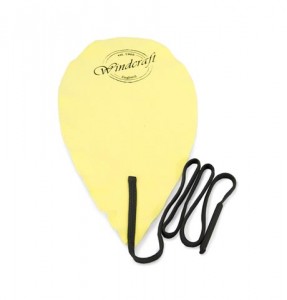Clarinet Accessory Reviews – Bore Oil & Pullthrough
19th May 2012Michaela Bell; Woodwind Teacher, Berkshire
I recently bought a secondhand Selmer 10S clarinet from Dawkes, which I had kept my eye on as soon as it came into the shop! This instrument was made some time between 1978-9 (so it is approximately a decade older than I am!). Although it is in immaculate condition, (especially after the workshop had got their magic hands on it), I was concerned that due to its age, the bore might be prone to drying out and in need of some TLC. In the past, I have treated my oboe and Cor Anglais with bore oil, but this has led to problems with sticky pads and I wasn’t entirely happy with the results, so I was a little reluctant to try that particular brand of bore oil again.

This oil is also incredibly easy to use. There’s no pouring, dripping or drizzling involved. The instructions, which come with the product, outline how to apply a few drops of the oil onto a pullthrough, dab off the excess with kitchen towel and simply pull it through the instrument, leaving behind a very thin layer of oil (which is all that is needed). I use silk or cotton pullthroughs, which are less likely to simply absorb all of the oil (like a chamois pullthrough might do).
Windcraft Deluxe Clarinet and Flute Swab – Chamois Style Material

This particular pullthrough behaves like a chamois leather pullthrough but retails at a fraction of the price. The Windcraft Deluxe pullthrough is wide, long and dries the inside of the instrument very effectively. Its high absorbency level means that generally, the bore is dried after just one wipe through. This product is of great quality, meaning that it is highly durable. I’ve even hand washed mine, hung it up to dry and it is perfectly clean and hygienic to carry on using again. As briefly mentioned before, for the job it does, this pullthrough is very reasonably priced.